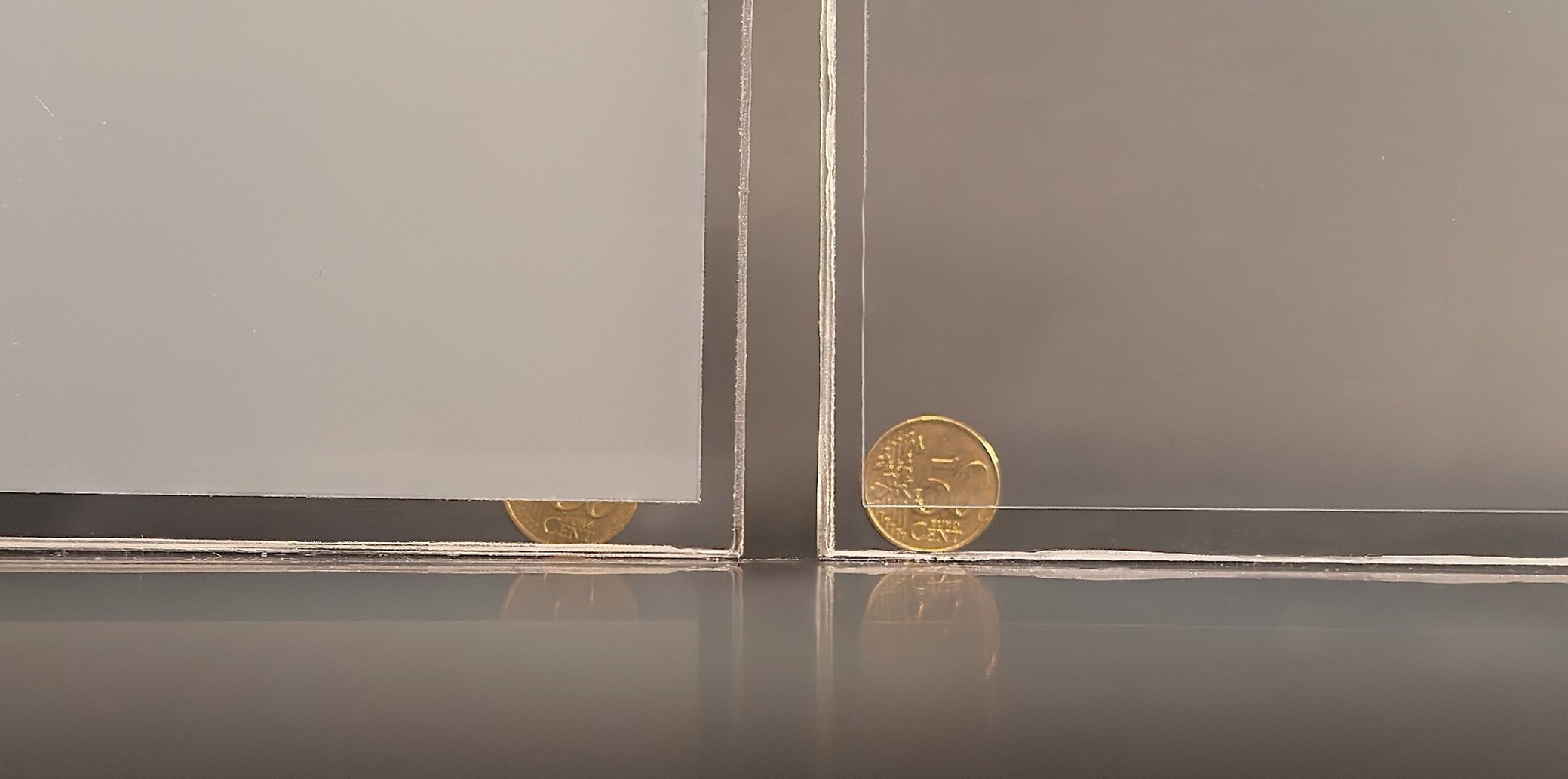First Steps Towards a Smart Laminated Safety Glass made of Thin Glass and Polycarbonate
DOI:
https://doi.org/10.47982/cgc.9.481Downloads

Abstract
Glass remains a popular material in architectural and engineering applications for the building envelope. However, meeting the increasing demands on façade elements while implementing all requests is an unrealisable challenge for monolithic glass. Therefore, laminated safety glass, which is a combination of at least two glass panes and an interlayer, can be a solution for more and more applications in the building sector with enhanced requirements on safety, such as splitter bonding in the broken state. Furthermore, the European standards permit the use of glazing plastic material in the cross-section of laminated safety glass. In response to this specification, a composite panel made of thin glass and polycarbonate is proposed as an alternative to laminated safety glass. The multi-layer cross-section is designed to be lightweight with a slim nominal thickness for security glazing, and to possess advantageous structural-physical attributes. This paper presents a further possibility of the favourable combination of both materials. The results of a research project at the Chair of Building Structure at Universität Siegen indicate that the integration of smart layers in the cross-section of a laminated safety glass made of thin glass and polycarbonate is a promising approach for further investigation. This leads to the development of a switchable composite panel with improved luminous and solar characteristics. The smart element is laminated between two polycarbonate sheets using polyurethane interlayers during an autoclave process. It is essential that the composite panel passes climatic stress tests for durability at high temperature and in humidity, which are fundamental requirements for further research as laminated glass and laminated safety glass. This paper identifies the necessary materials for a minimal cross-section by means of experimental standard tests to fulfil the requirements of a laminated safety glass with adjustable luminous and solar characteristics.
Published
Issue
Section
Thin Glass
License
Copyright (c) 2024 Sebastián Andrés López, Thorsten Weimar

This work is licensed under a Creative Commons Attribution 4.0 International License.



